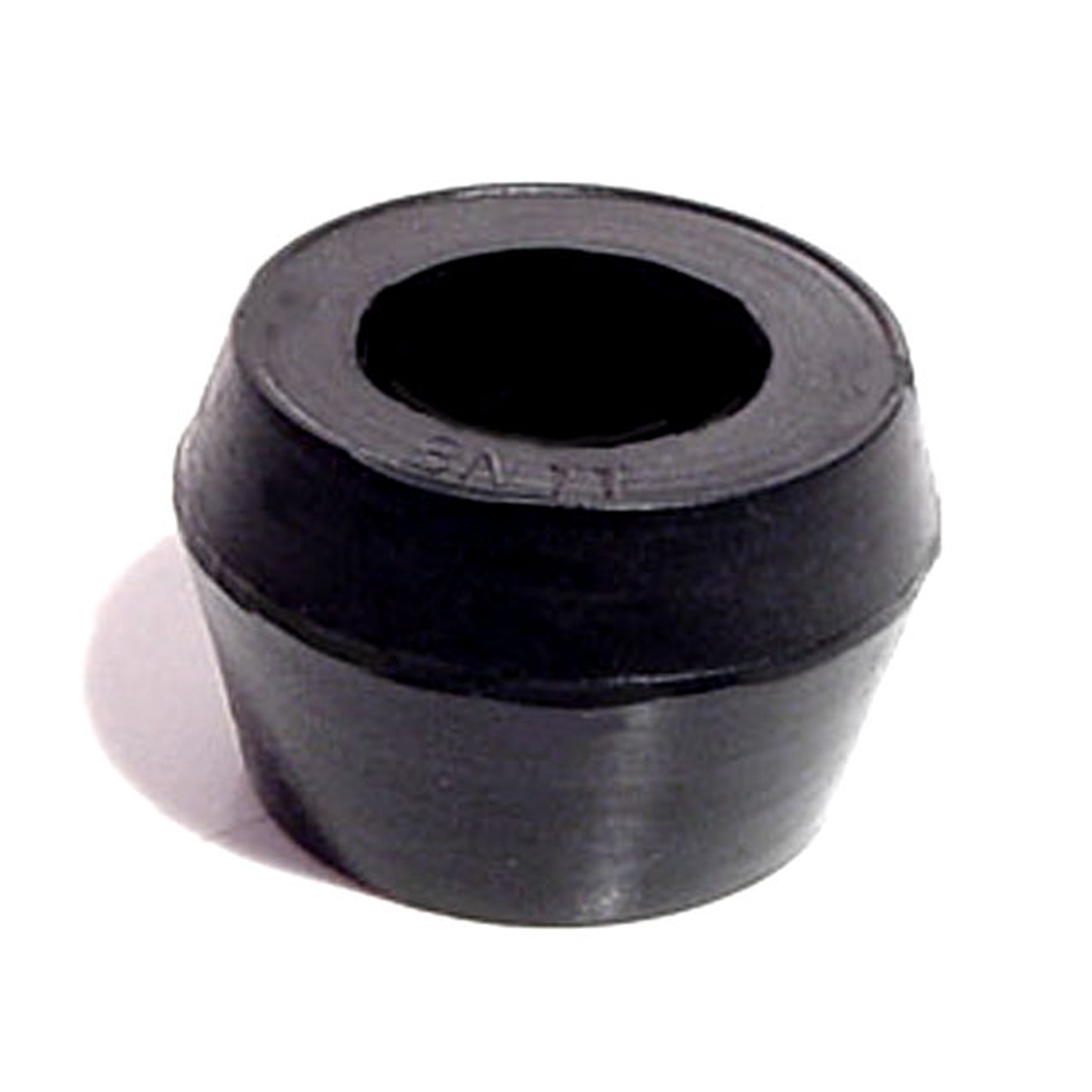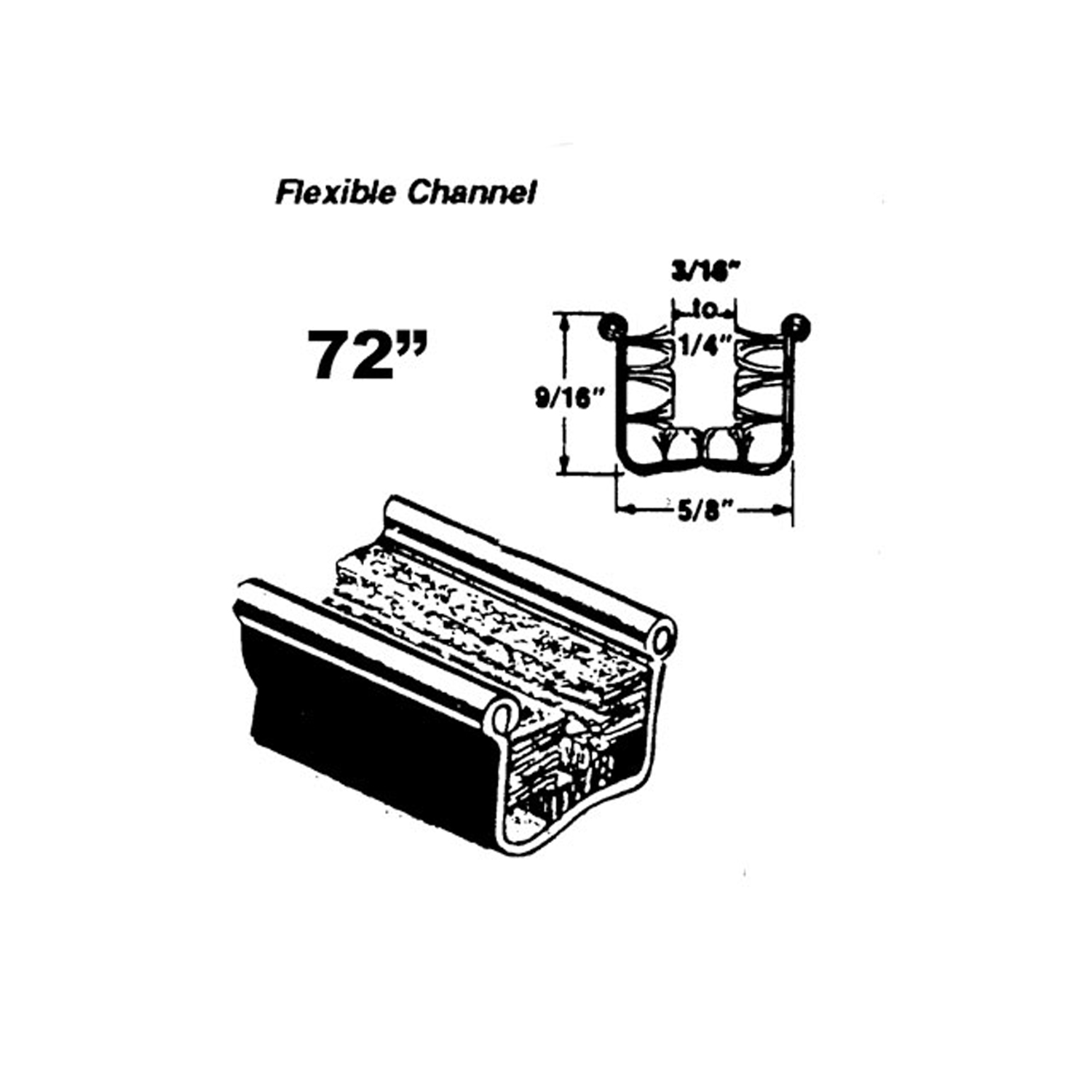Image of 1951 Kaiser Virginian, sourced from ar.pinterest.com , Image Link.
Performance Metrics
Fundamental Metrics
Emotional Appeal
MMP Rating
| Engine Specifications | |
|---|---|
| Engine: | Inline 6 |
| Displacement: | 226 cu in (3.7 L) |
| Horsepower: | 115 hp |
| Torque: | Estimated 190 lb-ft |
| Compression Ratio: | 7.3:1 |
| Ignition System: | Distributor and coil |
| Cooling System: | Liquid-cooled |
| Performance Specifications | |
| 0-60 Time: | Estimated 15 seconds |
| 1/4 Mile Time: | Not available |
| Top Speed: | 90 mph |
| Transmission and Drive | |
| Drive Type: | Rear-wheel drive |
| Transmission Type: | 3-speed manual, 4-speed Hydra-Matic |
| Fuel and Efficiency | |
| Fuel System Type: | Carburetor |
| MPG: | Estimated 15-20 mpg |
| Dimensions and Brakes | |
| Brakes: | Drum brakes |
| Wheelbase: | 123.5 in |
| Weight: | 3,400 lbs |
Note: Specifications for classic cars are given to the best of our ability, considering the limited and variant data available.
Unveiling the 1951 Kaiser Virginian: A Touch of Class
The year 1951 witnessed the birth of a car that would leave an indelible mark on the automotive landscape—the Kaiser Virginian. Born from the ambitious dreams of industrialist Henry J. Kaiser and automobile designer Howard "Dutch" Darrin, the Virginian emerged as a luxury offering from the Kaiser-Frazer Corporation. This vehicle was more than just a mode of transportation; it was a statement of sophistication and innovation during the post-war American boom.
While not as famous as some of its contemporaries, the Kaiser Virginian holds a special place in history for its bold attempt to blend luxury with practicality. It was one of the first hardtop convertibles, a design that gave drivers the best of both worlds: the sleek look of a convertible with the comfort and security of a hardtop.
Design and Innovation: The Epitome of '50s Elegance
The exterior of the 1951 Kaiser Virginian exuded elegance with its long, flowing lines and distinctive front grille that commanded attention. The vehicle's silhouette was accentuated by a lack of B-pillars, which allowed for an unobstructed side view when windows were down—a feature that was quite ahead of its time.
Inside, passengers were enveloped in luxury with high-quality fabrics and an attention to detail that was second to none. The dashboard was an exercise in design excellence, featuring intricate gauges and controls that were both functional and aesthetically pleasing. Technological features such as an optional Hydramatic automatic transmission showcased Kaiser's commitment to innovation.
Color options ranged from conservative hues to more vibrant tones, reflecting the optimism of the era. Among these, choices like Pine Tint Green and Ceramic Blue were particularly popular.
The Virginian was available in several body styles, but it was the hardtop convertible that became emblematic of the model's unique blend of style and practicality.
Historical Significance: Setting Trends in Post-War America
The 1951 Kaiser Virginian played a pivotal role in setting automotive trends in post-war America. Its introduction of the hardtop convertible style influenced other manufacturers to explore similar designs, ultimately leading to an entirely new category within the automotive market.
What truly set this car apart from its contemporaries was not just its looks but also its forward-thinking features that would become standard in later years. The Virginian's legacy is evident in how it helped shape consumer expectations for what a luxury car should offer.
Performance and Handling: A Smooth Operator
Underneath its stylish exterior, the 1951 Kaiser Virginian boasted respectable performance for its time. While top speed and acceleration figures may not compete with modern vehicles, they provided ample power for a leisurely cruise or a spirited drive through country roads.
Handling was smooth and composed, absorbing bumps with grace while maintaining stability on winding paths. Driving this classic car was about enjoying the journey—the thrumming engine note, the tactile feedback through the steering wheel, and the overall sensation of gliding along in a piece of automotive artistry.
Ownership Experience: More Than Just a Sunday Drive
Owners of the Kaiser Virginian enjoyed using their cars for various purposes—be it as daily drivers, weekend showpieces, or even occasional racers. Maintenance and reliability were on par with other luxury vehicles of the time, requiring some mechanical knowledge or a good relationship with a skilled mechanic.
Fun Facts: The Virginian's Legacy Lives On
The 1951 Kaiser Virginian has had its share of limelight with rare editions sought after by collectors and celebrity ownerships adding to its allure. While not known for breaking speed records, it has held its own in terms of endurance and reliability.
Despite criticisms regarding its weight and cost when new, today it stands as a testament to innovative design and post-war American optimism.
Collector's Information: A Prize for Any Garage
Today, finding a 1951 Kaiser Virginian can be akin to uncovering hidden treasure. With production numbers not exceedingly high at inception, surviving models are relatively scarce. As such, values can vary significantly based on condition, originality, and historical provenance.
In terms of appreciation potential, well-preserved examples have seen steady increases over time—reflecting their rarity and desirability among classic car enthusiasts. Depending on condition and authenticity, prices can range widely but expect to see figures well into collector territory for pristine models.
Conclusion: A Testament to Visionary Design
The 1951 Kaiser Virginian stands as a shining example of what happens when visionary design meets post-war American ambition. It remains an iconic piece of automotive history that continues to captivate enthusiasts around the world—a true testament to Henry J. Kaiser's dream and Dutch Darrin's design prowess.
1951 Kaiser Virginian Catalog of Parts
 1951 Kaiser Virginian Shock Absorber Grommet. 1" bottom O.D-BN 11Shock Absorber Grommet. 1" bottom O.D., 3/4" high, with 5/8" I.D. Each
1951 Kaiser Virginian Shock Absorber Grommet. 1" bottom O.D-BN 11Shock Absorber Grommet. 1" bottom O.D., 3/4" high, with 5/8" I.D. Each 1951 Kaiser Virginian Flexible glass-run channel-WC 11-72Flexible glass-run channel. Mohair lined, cloth covered with stainless steel bead. Used on side windows. 72 in. long. Each. NOTE: $20 special shipping charge applies for domestic orders. Call or email for overseas shipping costs. Part can be sectioned in two equal lengths to reduce overseas shipping costs.
1951 Kaiser Virginian Flexible glass-run channel-WC 11-72Flexible glass-run channel. Mohair lined, cloth covered with stainless steel bead. Used on side windows. 72 in. long. Each. NOTE: $20 special shipping charge applies for domestic orders. Call or email for overseas shipping costs. Part can be sectioned in two equal lengths to reduce overseas shipping costs.Why Choose Metro?
For over 100 years, Metro Moulded Parts has been the pinnacle of quality in classic car restoration parts. Our commitment to precision and authenticity in every component ensures a perfect fit and an OEM-level appearance.
- Expert Craftsmanship & Quality: Each part is a testament to our dedication to reliability and perfection, crafted from original designs and thoroughly tested.
- Advanced Technology: We use cutting-edge techniques to create flawless, long-lasting parts that surpass others in performance.
- SuperSoft Sponge – The Ultimate Door Seal: Not only are our door seals 30% softer than competitors', but they're also guaranteed to never leak. They effectively reduce wind and road noise, enhancing your classic car's comfort and driving experience.
- Proudly American: Our parts are a product of American craftsmanship, made in the USA with a spirit of excellence and heritage.
- Unrivaled Warranty: We back our products with a 30-year industry-leading warranty, a testament to our confidence in their quality.
Join us in preserving the legacy of classic cars with parts that are crafted for perfection, not just made.

